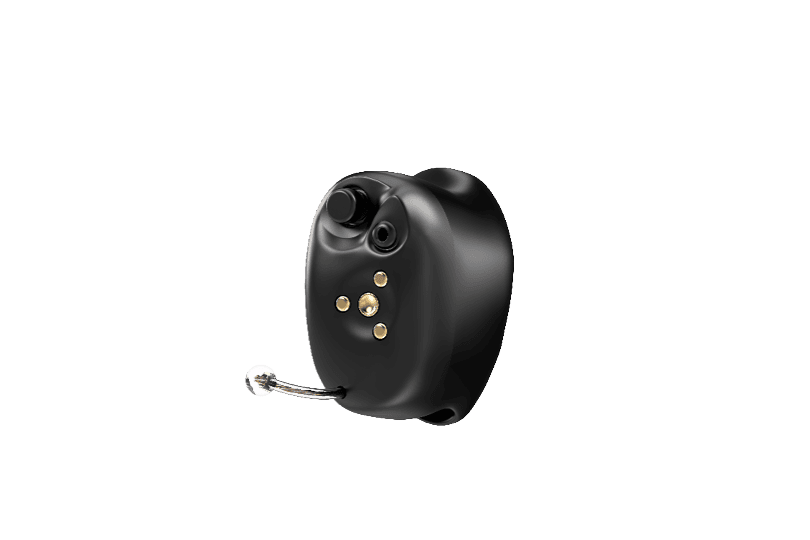Hearing Aids San Mateo, CA






Premium Hearing Aids in San Mateo, CA
Welcome to the Eartone Hearing Aid Center, the premier provider of advanced hearing aids services in the Peninsula region including San Mateo,Foster City, Burlingame, Belmont, San Carlos, Redwood City, Atherton, Emerald Hills, Woodside, Half Moon Bay, El Granada, Miramar, LA honda, San Gregorio, Millbrae, Hillsborough, San Bruno, CA. Our goal is to help you overcome hearing loss with state-of-the-art technology and personalized care.
Discover What Makes San Mateo, California, a Great Destination
San Mateo, California, is best known for its picturesque landscapes, vibrant community, and thriving cultural scene. San Mateo boasts a perfect blend of urban amenities and natural beauty. Our office is near beautiful Hillsdale Mall, offering residents and visitors a great shopping experience. San Mateo is also a culinary delight, with a diverse range of restaurants and cafes that reflect its rich cultural tapestry. In addition, the city is home to several tech companies and innovative startups, contributing to its reputation as a hub for technology and entrepreneurship. Whether you're exploring the charming downtown area or enjoying the coastal views, San Mateo provides a welcoming environment for all who live and visit.
Experience Top-Quality Hearing Care at Our San Mateo Clinic
When you visit our San Mateo hearing professionals, you can expect a blend of expertise, personalized care, and cutting-edge technology designed to improve your hearing health. Our dedicated team of hearing specialists is committed to providing you with comprehensive hearing evaluations and customized solutions that fit your lifestyle and hearing needs. From the moment you walk through our doors, you will be welcomed into a supportive and friendly environment where your hearing concerns are our top priority. Whether you are coming in for a routine check-up or need assistance with hearing devices, we strive to ensure that every visit leaves you feeling informed, heard, and confident about your hearing health.
Our Hearing Aid Solutions
Invisible-In-Canal (IIC)
Custom molded for a perfect fit, the Invisible-In-Canal (IIC) hearing aids are designed to be invisible to others, allowing you to enjoy discreteness without compromising sound quality.

Completely-In-Canal (CIC)
The Completely-In-Canal (CIC) hearing aids are designed for easy insertion and removal with the help of a small handle. These aids are custom-molded to provide an effective and comfortable hearing solution.
In-The-Canal (ITC)
In-The-Canal (ITC) hearing aids are semi-visible units that sit partly in the ear canal. They offer a balance between discretion and power, making them a versatile choice for many users.
In-The-Ear (ITE)
The In-The-Ear (ITE) hearing aids are custom molded to ensure a unique fit. They cover the outer ear, providing powerful amplification suitable for those in need of a more robust hearing solution.
Receiver-In-Canal (RIC)
The Receiver-In-Canal (RIC) and Behind-The-Ear (BTE) hearing aids offer exceptional sound pickup and high comfort due to their advanced design. They are ideal for individuals with moderate to profound hearing loss, ensuring they receive the best possible hearing support.

Behind-The-Ear (BTE)
BTE hearing aids are quite similar to RIC devices. The major difference between them is that BTE devices use plastic tubing instead of metal to connect the microphone to the receiver which is worn in the ear canal.
Advanced Hearing Aid Technologies
Speech Recognition
Speech recognition technology helps users understand speech in noisy environments. This advanced capability utilizes patented technology from leading manufacturers to ensure clarity and ease of communication in challenging listening situations.
Tinnitus Therapy
Modern hearing aids often include features for tinnitus therapy, which help mask the buzzing or ringing sounds caused by tinnitus. These therapeutic options can significantly improve the quality of life for individuals affected by this condition.
Bluetooth Connectivity
Bluetooth connectivity enables hearing aids to directly connect to smartphones and tablets, allowing users to stream audio and calls seamlessly. This technology enhances the functionality and convenience of hearing aids in the digital age.
Rechargeable Options
Rechargeable hearing aids offer a convenient and environmentally friendly alternative to traditional batteries. These options ensure that users can enjoy consistent performance without the hassle of frequent battery changes, contributing to sustainability while providing ease of use.
Schedule an Appointment
Don’t wait to improve your hearing. Schedule an appointment with us today and take the first step toward better hearing and improved quality of life. Our friendly staff is ready to assist you with any questions or to book an appointment.
Contact Us
Address:
2907 S El Camino Real, San Mateo, CA 94403
Phone:
Tel: 650-627-6114 | Fax: 650-341-9090
Hours:
Monday - Thursday 10am-5pm | Friday 10am-4pm
Get in Touch and Improve Your Life Today!





Why Wait? Change the Quality of Your Life!
Schedule an Appointment
